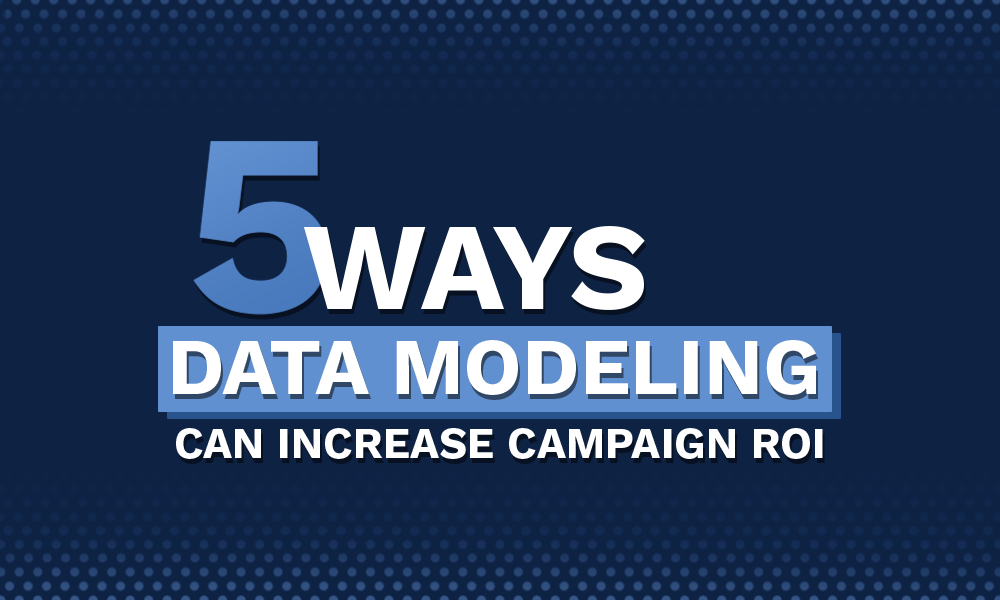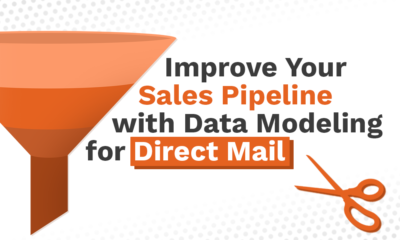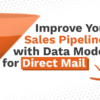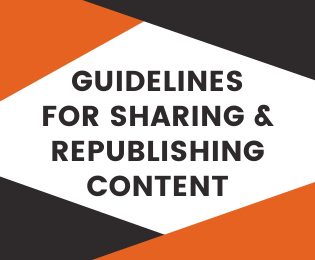INDUSTRY INSIGHTS
5 Ways Data Modeling Can Increase Campaign ROI
How can businesses use data to improve their marketing campaigns? Here are 5 proven ways.
Since every mailer increases the chance of reaching a new customer, targeting ideal prospects is key to implementing a successful direct mail campaign strategy. But when mailers deliver to ill-suited households, marketing costs increase with no long-term benefits for either the business or the recipient.
That is why data modeling is essential for marketing channels like direct mail. Because its strength comes from its personalized and impactful messaging, prioritizing your targeting strategy ensures your messages reach the people who need to hear it most.
What is Data Modeling?
Suppose two flower shops want to advertise their Mother’s Day bouquet sale. To promote this event, each store sent marketing mailers to prospects within their zip codes.
Flower Shop A examined its current customer base and saw that women made up the majority of flower sales. Based on this demographic data, the store sent marketing mailers that skewed toward a female audience.
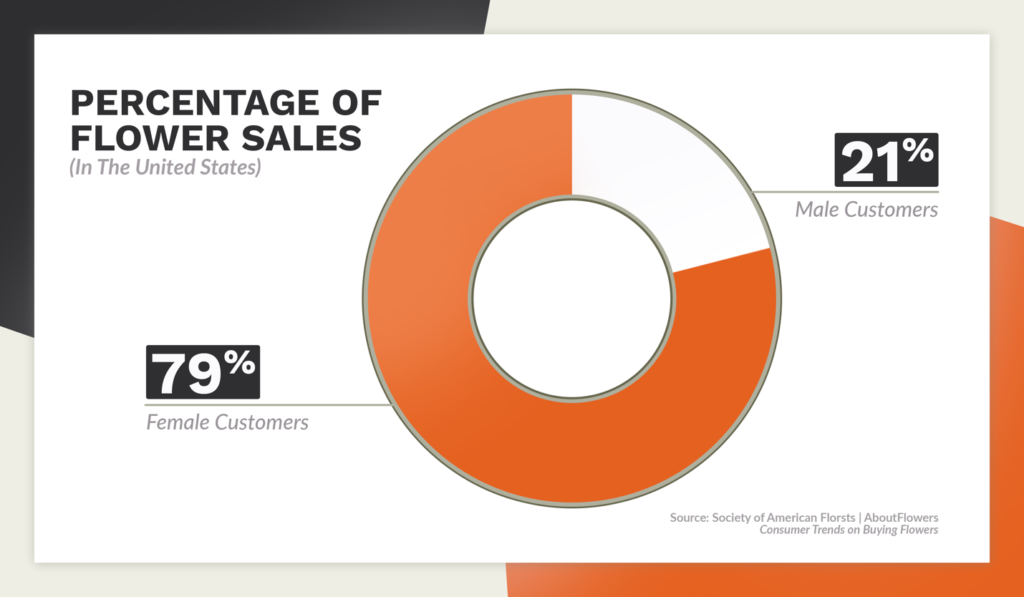
Flower Shop B went a step further. It found that while women were the more common customer, their flower arrangements were commonly used for home décor. Further observation revealed that men – rather than women – were more likely to buy flowers as gifts for someone else (64% compared to 36% for Valentine’s Day flower purchases).
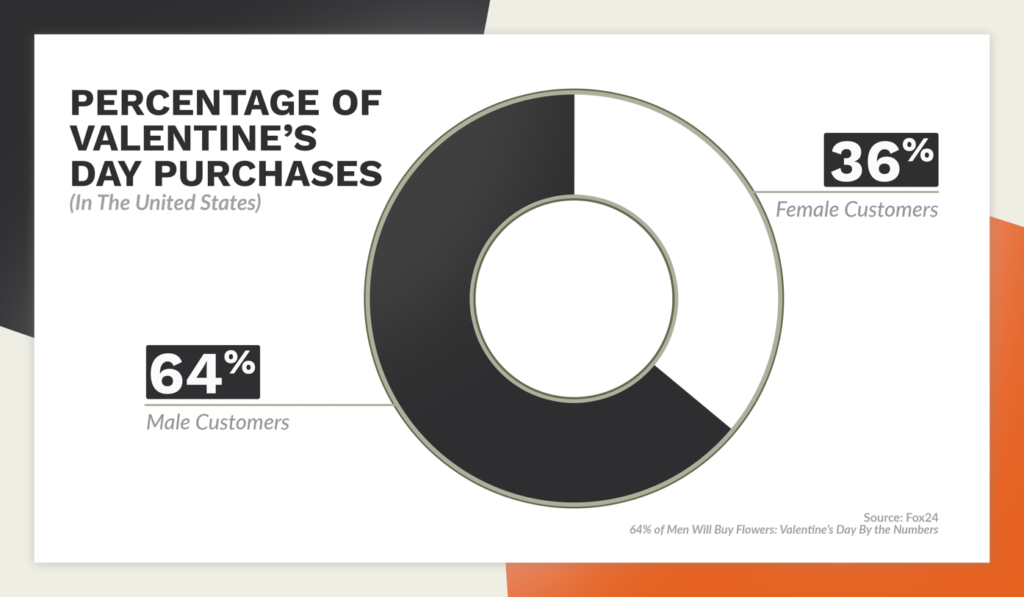
Even though men were in the original minority of customers for overall flower sales, they were the majority that bought flowers as gifts. By understanding customer demographics and buying habits, Flower Shop B could identify its actual audience for its Mother’s Day bouquet sale.
This example shows how data modeling works as an effective tool for marketers. Data can show customer demographics, but data modeling can reveal the key characteristics and behaviors while analyzing buying trends among your ideal customers.
When you implement data modeling into your marketing strategy, you guarantee that only valuable audiences will receive your message in their mailbox. This targeting strategy spends less time and energy finding prospects, and instead advertises to only prospects – increasing the likelihood of a sale with less overall mail volume.
Data Modeling Defined
While the term “data modeling” varies between different industries, marketers define data modeling as using patterns in one dataset to predict the trends of another dataset.
In practice, this means businesses can study previous customer buying habits to identify similar traits and develop a targeted customer profile for future campaigns.
Demographics can play an important role in the data modeling process, but the example above shows how demographics alone do not tell the entire story. Because while there may be plenty of people that fit within a specific demographic, not every individual will be interested in your product or service.
It is data modeling’s job to compare these groups of people and recognize the patterns they share. This process will help determine a business’ actual customers, based on their buying behaviors and similar characteristics.
Some buying patterns are easy to identify, like in the flower shop example above. Other buying patterns are much more indistinguishable, such as coin collectors and their correlation to supplemental insurance plans. It’s up to marketers to determine what data to look for, and more importantly, understand how to correctly model for their customers.
5 Ways Data Modeling Improves Campaign ROI
There are thousands of individual data points that can determine how likely a prospect will turn into a future customer. But how can businesses use this data to improve their marketing campaigns?
1. Discover Your Most Profitable Prospects
What if you could identify future customers and determine who among them is the most likely to be your highest-paying customer?
With data modeling, you can.
For example, cable companies specializing in TV, phone, and internet packages will prioritize customers more likely to pay for all three subscriptions. Data modeling can predict which households within a particular neighborhood match this type of buyer persona.

You can also adjust your promotional offer based on these customers’ lifetime value. If someone could potentially become a repeat customer, a better marketing offer may be a necessary catalyst to persuade the initial purchase.
2. Remove Prospects that Match the Demographic… But NOT the Buying Behavior
Targeting by demographics may seem like a worthwhile approach to direct mail, but in practice this strategy does not account for the thousands of unique factors that distinguish a prospect from a customer.
Demographic targeting results in bulky, expensive, and unsustainable campaigns that sporadically market to a large portion of the population. While there may be some success to this strategy, the unfortunate truth is that surface-level characteristics (such as age and income) do not provide enough viable insight into your intended audience.

If a lawncare business only targeted the largest demographic for landscaping services – households with a $100,000+ yearly income – then their campaign ignores other important factors that could contribute to the likelihood of a sale. (A $100,000/year household holds a very different buying power depending on where they live in the United States).
The point is that solely focusing on the demographic limits your campaign’s efficiency by targeting those that fit the persona but not the buying behaviors. Your campaigns still end up targeting a lot of unsuitable prospects, and that waste of time and money limits your ability to connect with better-suited audiences.
Instead of focusing on who your audience IS, you also need to consider their spending habits. Doing so will not only spare you the headache but also help you target only the households most likely to buy from you.
3. Refine as You Go
The data modeling journey does not end after you launch your first campaign. In fact, that is when the fun begins! Now as the responses flood in, you can compare your current performance data to past data.
What patterns do you notice? Is there one area underperforming? Is one buyer persona behaving differently than expected?
By understanding the data, you can address any concerning patterns that may arise during your campaign. In that same regard, if you notice a positive trend, you can decipher why a particular area is receiving more growth than others.
And thanks to data modeling, your campaigns can reduce any unfortunate negative trends that may arise before launching your next campaign, further reducing costs and improving your marketing capabilities.
4. Add Personalization Based on Audience Appeal
Data modeling is not only helpful when it comes to identifying your targeted audience, but it can also help you and your team understand your customers better. This in turn lets you easily customize your message based on your audience and use different offers to grab their attention.
For example, a window installer could use pictures of houses in their marketing mailers to relate to audiences who live in houses of similar home value or design. They could even experiment with custom deals depending on what a particular customer is looking for and likely to spend on their services.

But the customization does not end there.
Direct mail is unique in the sense that practically any part of the mailer can be custom to the audience’s taste – from the mailer’s color and composition to the actual ad copy. And by experimenting with different designs to appeal to your audience’s preferences, your mailers are much more likely to be noticed by their intended audience.
5. Make Informed Decisions for Future Marketing Goals
The great advantage of data modeling is that the more you have, the more informed decisions you can make for future marketing efforts. Understanding how and why your campaigns performed the way they did removes a lot of the guesswork that comes with implementing new strategies.
It is also beneficial to re-evaluate campaigns using past and current data to decipher any notable differences between them. This allows marketers the opportunity to make any necessary changes with confidence based on the information provided.
After a few campaigns, your business will have much more insight into what works, and more importantly, what does not work. The more current and accurate data you have, the more informed you can be when planning your next marketing steps.
Conclusion
Finding the right prospects for your business does not have to be like finding needles in a haystack. With a proper campaign strategy, any marketer can find the customers they need to grow their business.
For a more in-depth look on data modeling within the direct mail industry, watch Meet The Mailers: Data Modeling to Convert Leads with Paul Bobnak and Liran Kapoano.
 Written by Jocelyn Ouellette
Written by Jocelyn Ouellette
Jocelyn Ouellette is a Marketing Specialist at DK Solutions, an Inc 5000 award-winning direct mail marketing firm based in Florida and NJ. DK Solutions specializes in data-modeling for lead generation using its proprietary TargetList methodology to identify ideal prospects for their clients.
You can connect with Jocelyn at dksmo.com or email at jocelyn@dksmo.com







